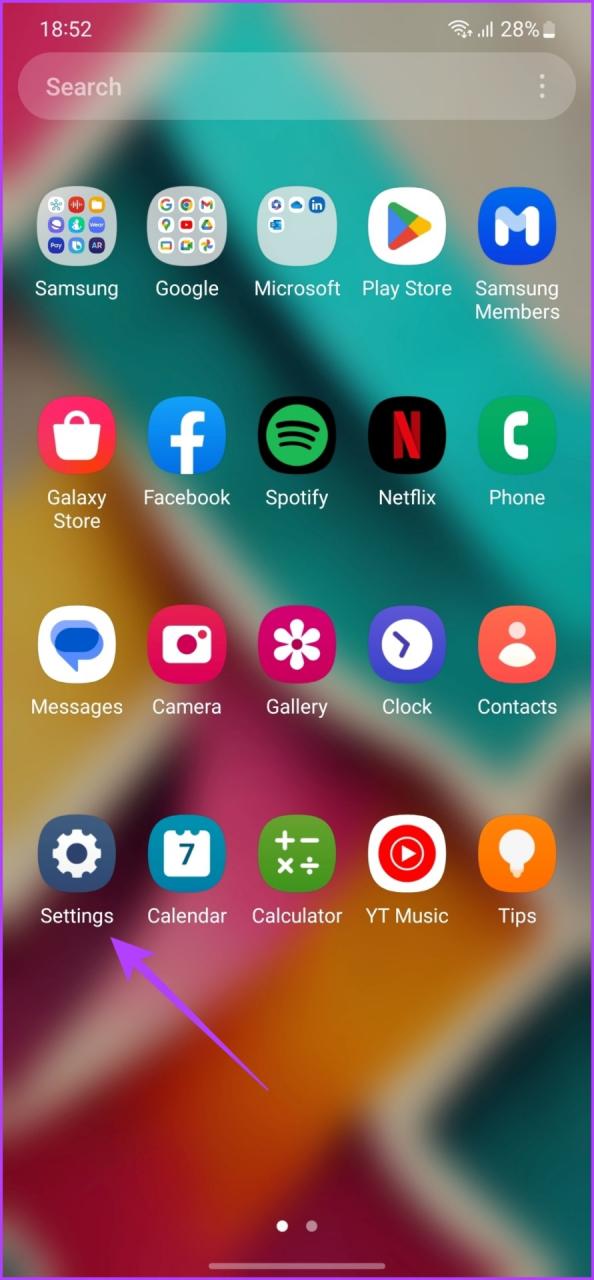
Samsung Galaxy S23 Touch Sensitivity Tips
The Samsung Galaxy S23 is a powerful smartphone with an incredibly sensitive touchscreen. This can be a great feature, but it can also lead to accidental touches and other problems. If you’re finding that your Galaxy S23 is too sensitive, there are a few things you can do to adjust the settings and improve the touch experience.
Adjust Screen Sensitivity
The Galaxy S23 has several settings that can affect the touch sensitivity of the screen. To adjust these settings, open the Settings app and tap on “Display.” From there, tap on “Touch sensitivity” and select the desired sensitivity level. You can choose from “Low,” “Medium,” or “High.” If you’re experiencing accidental touches, try setting the sensitivity to “Low.”
Enable Palm Rejection
Palm rejection is a feature that prevents the phone from registering your palm as a touch. This can be helpful if you’re finding that your palm is touching the screen while you’re holding the phone. To enable palm rejection, open the Settings app and tap on “Display.” From there, tap on “Palm rejection” and toggle the switch to the “On” position.
Use a Screen Protector
A screen protector can help to reduce the sensitivity of the screen. This is because the screen protector creates a barrier between your finger and the screen, which can help to prevent accidental touches. If you’re experiencing problems with the touch sensitivity of your Galaxy S23, try using a screen protector.
Restart Your Phone
If you’re still having problems with the touch sensitivity of your Galaxy S23, try restarting your phone. This can help to clear any software glitches that may be causing the problem. To restart your phone, press and hold the power button and then tap on “Restart.”
Factory Reset
If all else fails, you can try performing a factory reset on your Galaxy S23. This will erase all of the data on your phone, so be sure to back up anything important before you proceed. To perform a factory reset, open the Settings app and tap on “System.” From there, tap on “Reset options” and then tap on “Factory data reset.” Enter your PIN or password and then tap on “Reset phone.”
Conclusion
If you’re experiencing problems with the touch sensitivity of your Samsung Galaxy S23, there are a few things you can do to fix the problem. Try adjusting the screen sensitivity, enabling palm rejection, using a screen protector, restarting your phone, or performing a factory reset. With a little troubleshooting, you can get the touch sensitivity of your Galaxy S23 working perfectly.
See you again in another interesting article.